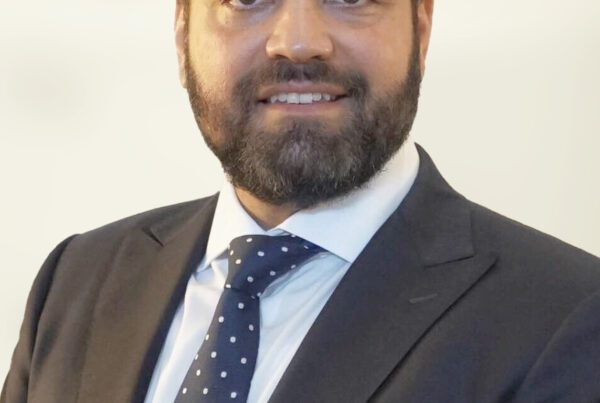
The following is a case study based on real Kapnick clients about the high cost of employee turnover a client was experiencing and it’s cause.
THE PROBLEM
A municipality client was having a lot of employee turnover, and didn’t understand what was causing it, but it was costing them a lot of time and money. Employee turnover is a major financial concern and can have serious, long-term implications for all organizations.
Direct costs associated with hiring a replacement include:
- Fees to recruiters or advertising
- Interview expenses, including travel and time
- Post-interview costs, such as checking references and administering pre-employment tests
- Signing bonuses or relocations expenses
- Onboarding and training
Indirect costs can include:
- Reduced revenue during hiring, onboarding, and achieving full productivity
- Lost work time for trainer/manager
- Damage to morale for existing employees who may have to take on additional tasks
THE NUMBERS
According to Gallup, the cost of replacing an employee can range from one-half to two times the employee’s annual salary. In 2017, the annual turnover rate in the U.S. was 26.3%, according to the Bureau of Labor Statistics. This means a 100-person organization that pays an average salary of $50,000 could have had turnover costs from $660,000 to $2.6 million per year.
In 2021, the overall turnover rate was upwards of 57.3%, which would mean for the same size org with the same average salary, they could have turnover costs as high as $1.4 million to $5.7 million per year.
THE SOLUTION
The first step in reducing employee turnover is establishing pain points. In order to learn our client’s unique pain points, Kapnick worked with them to begin holding exit interviews over the phone in order to better understand employees’ reasons for leaving. Once enough data was collected, Kapnick worked with municipality leadership to create programs that retained top talent and reduced turnover costs.




